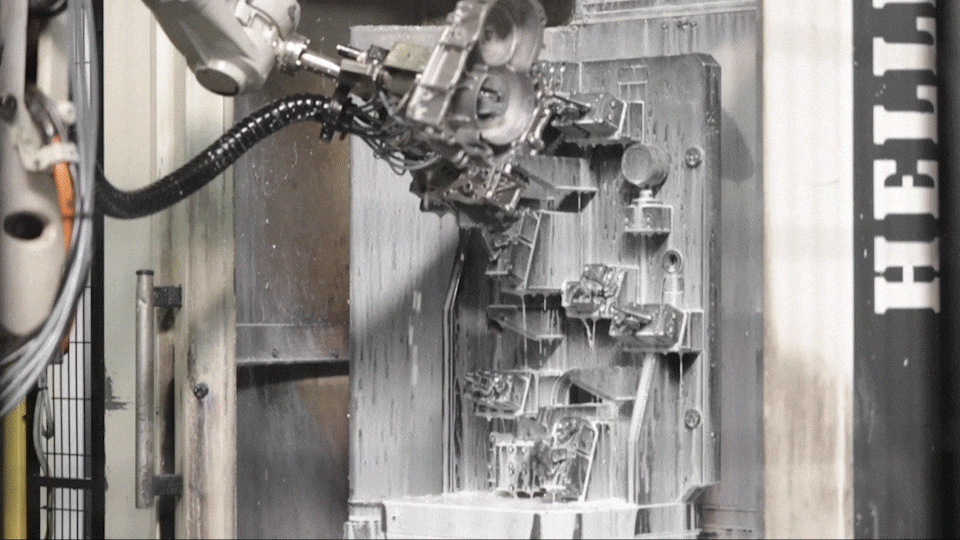Machine tending evolved with the growth of industrial automation. This task consists of using robots to work directly with industrial machines, loading and unloading workpieces. This process is increasingly important in optimizing industrial processes and is now considered an indispensable practice for companies looking to increase their efficiency and competitiveness in the market.

Machine Tending - What is it?
The term machine tending refers to automate the process of loading and unloading industrial machinery. These machines can range from CNC machines to bending machines, presses, plastic injection machines and other equipment.
The purpose is to ensure that machines operate continuously, maximizing production and minimizing downtime. This results in a significant increase in productivity and a reduction in costs over the long term. These tasks are ideally carried out by robotics, as they are repetitive, stressful and sometimes even dangerous for workers.
Multi-Process Automation

This cell allows for the handling, packaging and palletizing of different parts in boxes. The line is divided into two distinct zones, each with an injection machine and a robot.
The parts get to the exit conveyor of the injection machine, where they are handled by the robot. Through the gripper, the robot takes the part to the machine vision cell, where quality control is carried out (visual inspection of whether or not the part has defects).
Automatic Plastic Injection Molding Cell

In this plastic components handling cell, the six-axis robot works directly with the injection machine. The automation of this process makes it possible to handle the parts precisely and perform this task efficiently.
CNC Machining Line for Aluminium Parts

This industrial automation project for the series production of aluminum pieces is one of the machine-tending solutions developed by ESI Robotics. The robot is responsible for feeding the CNC machines and handling and extracting the parts after machining. In addition to these processes, the parts washing and quality control processes (leak testing/dimensional control) are also managed automatically.
Benefits of Machine Tending:
1 - Increase of productivity and reduction of errors: The automation of this process eliminates the need for repetitive human intervention, reducing errors and increasing productivity, since machines and robots can work 24 hours a day, 7 days a week;
2 - Improved safety: Automation in machine tending reduces workers' exposure to dangerous working environments and monotonous, risky tasks. In this way, it is possible to improve safety conditions in industries, reducing the risk of accidents at work;
3 - Cost reduction: Despite the initial investment in machine-tending automation systems, in the short term, companies will be able to greatly reduce costs in human resources and downtime. In addition, automation makes better use of materials and resources, reducing waste and optimizing production processes.
As technology continues to evolve and we move towards an increasingly digital future, Machine Tending will become ever more accessible and efficient. In addition, with technologies such as artificial vision, artificial intelligence and the Internet of Things (IoT) will allow these systems to be even more autonomous, boosting industrial productivity. Combining these technologies will open doors to process optimization and predictive maintenance, making it possible to forecast equipment failures.
SEE ALSO: Artificial Intelligence in the Industrial Environment: Opportunities and Applications
